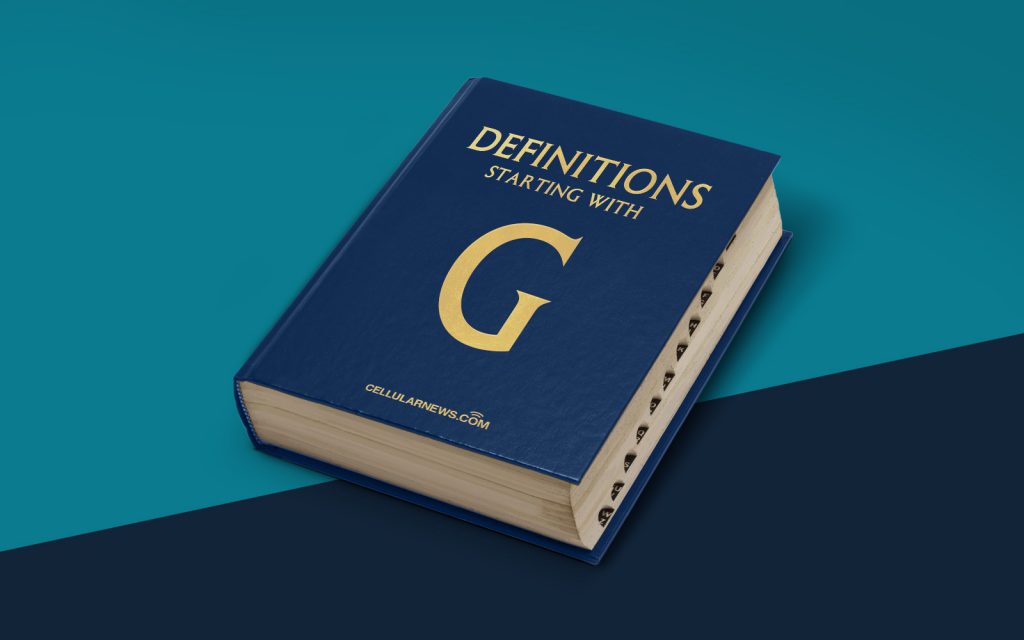
Exploring the Grid System: A Fundamental Design Tool
Welcome to another edition of our “DEFINITIONS” category, where we dive deep into different concepts and terms related to web design and development. Today, we take a closer look at one of the most fundamental design tools, the grid system. If you’ve ever wondered, “What is a grid system?” or how it can benefit your website’s design, this blog post is here to shed some light on the topic.
Key Takeaways:
- A grid system is a structure that enables designers to organize and align content on a webpage.
- Using a grid system can improve the overall aesthetic appeal and usability of a website.
Now, let’s delve into the world of grid systems and see how they can enhance your web design projects.
Simply put, a grid system is a framework that helps designers organize and arrange elements on a webpage. It establishes a series of vertical and horizontal guidelines that act as a skeleton for the content. Think of it as a flexible framework or a layout grid that allows you to align and distribute elements proportionally.
There are several benefits to using a grid system in web design:
- Consistency: By using a grid, you can create a consistent layout throughout your website. Consistency breeds familiarity, and when users navigate your site, they will quickly understand where to find essential information, resulting in a better user experience.
- Alignment and Proportion: A grid system ensures that all elements of your design align properly. It helps maintain proportion, balance, and harmony between different sections, making your website visually pleasing and coherent.
- Efficiency: With a grid in place, designers can work more efficiently. It provides a clear structure that guides you in placing and resizing elements, saving you time and effort in the design process.
- Responsive Design: Grid systems are especially useful in achieving responsive web design. By maintaining the grid’s structure across different screen sizes, your content will adapt seamlessly, providing optimal viewing experiences on desktops, tablets, and mobile devices.
- Flexibility: While a grid system provides a solid foundation, it also offers flexibility. You can adjust the grid to accommodate different layouts and design choices, allowing for creative freedom within the established framework.
When implementing a grid system, designers often use CSS frameworks like Bootstrap or Foundation. These frameworks provide pre-built grid systems that can be easily customized to suit your specific design requirements.
In conclusion, a grid system is a fundamental tool that empowers web designers to create visually appealing and user-friendly websites. By leveraging the power of grids, you can establish consistency, alignment, and efficiency throughout your designs. So, the next time you embark on a web design project, consider incorporating a grid system to enhance your website’s overall aesthetic appeal and user experience.
Stay tuned for more exciting topics in our “DEFINITIONS” category. Until then, happy designing!
